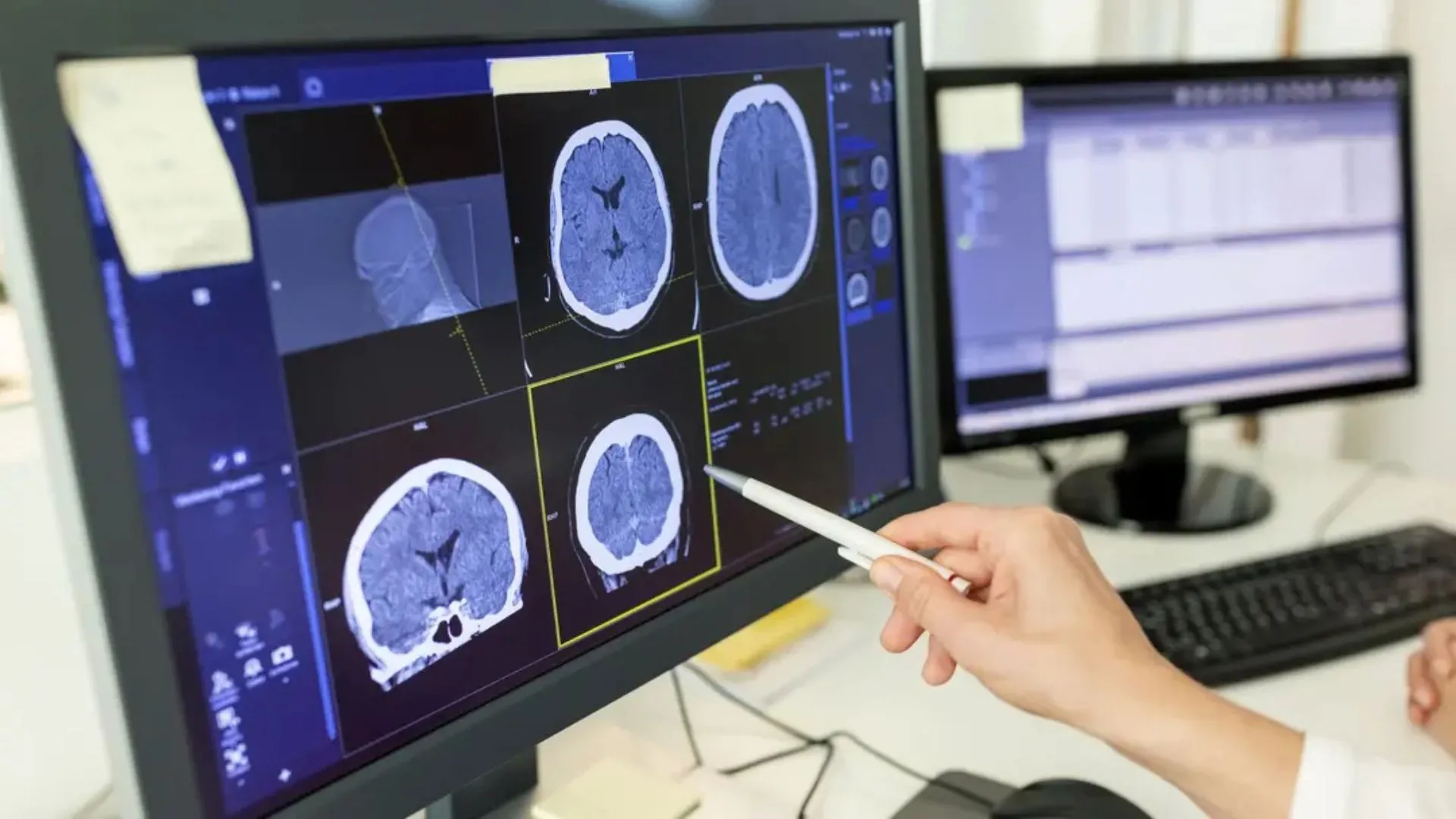Copyright Interesting Engineering

Bioengineers at Rice University have developed a nonsurgical method to control seizure-related brain activity using sound waves and gene therapy. The approach, tested in animal models, targets only the hippocampus, a region often linked to seizures, and allows researchers to control that activity with an oral drug later. The study shows that a one-time, targeted procedure can modulate specific brain circuits without affecting other areas. The research team, led by Jerzy Szablowski, an assistant professor of bioengineering and a member of the Rice Neuroengineering Initiative, used low-intensity focused ultrasound to open the blood-brain barrier briefly. “Many neurological diseases are driven by hyperactive cells at a particular location in the brain,” Szablowski said. “Our approach aims the therapy where it is needed and lets you control it when you need it, without surgery and without a permanent implant.” Their method, called acoustically targeted chemogenetics or ATAC, combines ultrasound, gene therapy, and chemogenetics. The goal is to provide scientists with the ability to selectively activate or deactivate specific neurons using a targeted drug, eliminating the need for surgical intervention. In the procedure, researchers inject tiny, gas-filled bubbles into the bloodstream. When ultrasound waves focus on the hippocampus, these bubbles gently push against blood vessel walls and create temporary, microscopic openings in the blood-brain barrier. These pores are small enough to close naturally within hours but large enough to allow gene therapy vectors to enter the targeted tissue. Controllable ‘dimmer switch’ for neurons The engineered vectors carry genetic instructions for an inhibitory chemogenetic receptor, a molecular “dimmer switch” that allows neurons to respond to a drug designed to quiet overactivity. “By precisely targeting the hippocampus, we can dampen overactivity where it matters and leave the rest of the brain untouched,” said Honghao Li, a bioengineering doctoral student at Rice and first author of the study. The findings show that ATAC can control specific brain circuits using a minimally invasive procedure and a simple drug. Since both focused ultrasound and viral vector gene delivery are already being tested in clinical trials, the researchers believe this method could accelerate the development of new treatments for epilepsy and other neurological disorders. Building a flexible brain therapy platform This experiment marks a major step for Szablowski’s team, which has also demonstrated ways to deliver gene therapies across both large and small brain regions. The lab has developed another ultrasound-based method called recovery of markers through insonation, or REMIS, which allows proteins from specific brain areas to be released into the bloodstream for monitoring. “These technologies complement each other,” Szablowski said. “Ultrasound lets us deliver therapy, control the neurons we want and then measure the effects in the exact circuit we targeted.” He added that the ultimate goal is to build a flexible platform that can safely reach any brain region, deliver genetic material precisely and allow clinicians to control it on demand. The research highlights Rice University’s growing focus on brain science and neurological health, now united under the new Rice Brain Institute. The study is published in the journal ACS Chemical Neuroscience.



